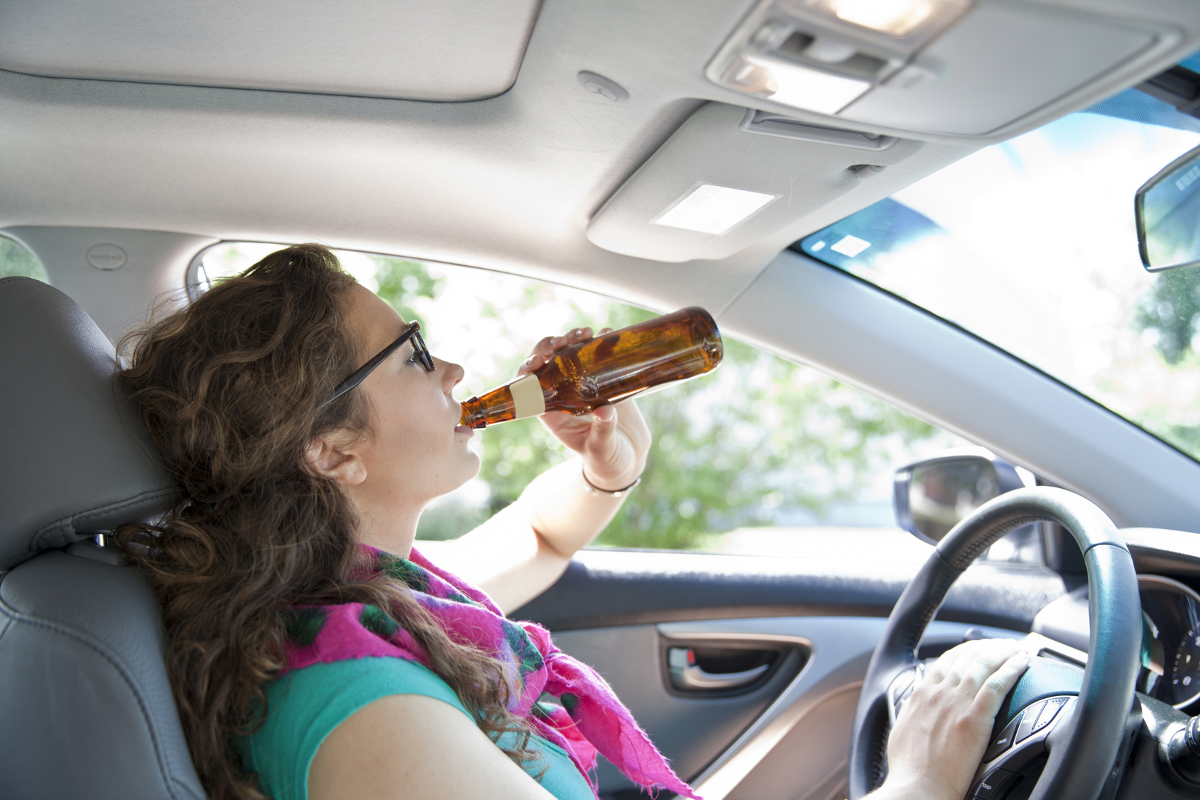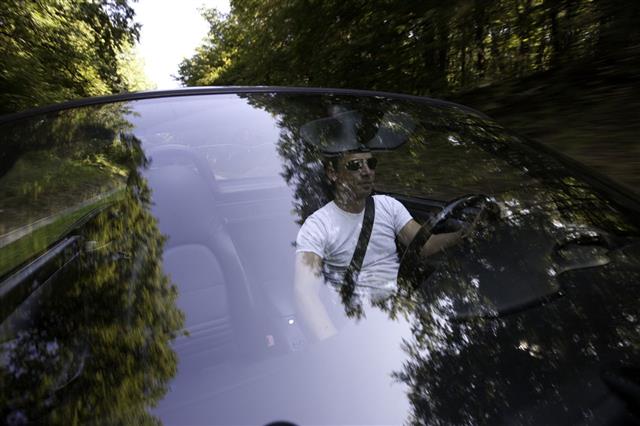
According to the Centers for Disease Control and Prevention, almost 30 people in the United States die in motor vehicle crashes that involve an alcohol-impaired driver every day. This amounts to one death every 51 minutes. This OpinionFront write-up provides some more facts related to drinking and driving.
There’s no denying the fact that the consumption of alcohol adversely affects our presence of mind, alertness, judgment, comprehension, quick thinking, and reflexes, which are all essential while driving. A large number of alcohol-related accidents occur each year in the United States. A driver involved in a motor vehicle crash is considered alcohol-impaired if he or she exhibits a BAC (Blood Alcohol Concentration) of .08 or greater. BAC is a measure of the amount of alcohol in one’s body. It is used to assess the level of intoxication of an individual for legal and medical issues. It represents the percentage of alcohol in deciliters of blood.
All states in the United States have adopted 0.08% BAC as the legal limit for operating a motor vehicle for drivers aged 21 years or older. Due to the dangers related to drunk driving, it has been made illegal by all the states in the United States. Based on the observations of a police officer regarding the driving behavior, slurred speech, or the results of the roadside sobriety test, one can be charged with Driving under Influence (DUI), Driving While Intoxicated (DWI), or Operating (a motor vehicle) While Intoxicated/Impaired (OWI). To discourage people from driving when intoxicated, various penalties have been imposed on the offenders. The following sections provide a few statistics and facts about drinking and driving.
Statistics on Drunk Driving
The following statistics have been provided by the Centers for Disease Control and Prevention:
➻ The annual cost of alcohol-related crashes totals more than USD 59 billion.
➻ In 2012, 10,322 people died in alcohol-impaired driving crashes, accounting for nearly 31% of all traffic-related deaths in the United States. Of the 1,168 traffic deaths among children in the age group of 0 to 14 years in 2012, 239 (20%) involved an alcohol-impaired driver.
➻ Of the 239 child passengers in the age group of 14 years and younger who died in alcohol-impaired driving crashes in 2012, over half (124) were riding in the vehicle with an alcohol-impaired driver.
➻ In 2010, over 1.4 million drivers were arrested for driving under the influence of alcohol or narcotics. That’s one percent of the 112 million self-reported episodes of alcohol-impaired driving among American adults each year.
➻ Drugs other than alcohol (e.g., marijuana and cocaine) are involved in about 18% of motor vehicle driver deaths. These other drugs are often used in combination with alcohol.
Other Facts
➻ According to a survey done by the National Highway Traffic Administration (NHTA), three out of every ten Americans are involved, at least once, in alcohol-related accidents during their lifetime.
➻ In 2013, 290,000 Americans were injured by drunk driving crashes.
➻ In 2013, drunk driving accidents caused 10,076 deaths.
➻ Average drunk drivers will drive intoxicated 80 times before their first arrest.
➻ Drunk driving accidents are 4.5 times more likely to occur at night.
➻ Men are far more likely to drive drunk than women (15.1% vs. 7.9%).
➻ About one-third of all drunk driving arrests are repeat offenders.
➻ Drivers with high BAC levels are 385 times more likely, than sober drivers, to die in single vehicle crashes.
➻ According to the National Highway Traffic Safety Administration, every two minutes, a person is injured in a drunk driving crash.
➻ According to the Substance Abuse and Mental Health Services Administration, the rate of drunk driving is highest among individuals in the age group of 21 to 25 years (23.4 percent).
➻ In 2006, there were 17,941 deaths due to drunk driving in America. That constituted 41% of total deaths due to motor vehicle crashes.
➻ The percentage of alcohol-related road accidents, in which teenagers are involved, is disturbingly high. In 2007, 11% of the drunk driving deaths in United States were caused by teens.
State Laws and Penalties
Every state in the US has the authority of framing laws and penalties for driving under the influence of alcohol. However, all states have agreed to make driving illegal for a person with a BAC level of 0.08% or more.
➻ 43 states have made it illegal for all the occupants of a car, be it the driver or the passengers, to have an open bottle of alcohol present in the car.
➻ In most of the states, a drunk driving conviction is followed by license revocation. In case the driver fails, or refuses to take a medical test that would help estimate the amount of alcohol in his blood, his license may be canceled before the conviction is made. This is known as administrative license suspension.
➻ 9 states (Alaska, Arkansas, Arizona, Louisiana, Illinois, Nebraska, Utah, New Mexico, and Washington) have made ignition interlock systems mandatory for drivers that have been convicted even once for driving when intoxicated.
➻ In Virginia, the license can be canceled for up to 1 year, if a driver is found to be driving under influence of alcohol. For every consecutive conviction, the license is suspended for 3 years each time, with a possibility of a jail term from the second conviction onwards.
➻ In Texas, the laws are more relaxed. In this state, the driver’s license is suspended only for 90 days after the first conviction. For every consecutive conviction, the license suspension term could extend to 180 days.
Effective Solutions
A study of the effectiveness of various measures to check drunk driving has come up with the following facts:
➻ Automatic cancellation of driving license seems to be the single most effective step to curb driving when intoxicated.
➻ Installing the ignition interlock system is preferred by most states, as it has been found to be an effective way of discouraging driving under the influence of alcohol. The ignition interlock system is a device that requires the driver to blow into an alcohol sensor unit that measures the level of alcohol in blood. The car cannot be started if the alcohol level in the driver’s blood is found to exceed the permissible limit.
➻ Implementation of sobriety checkpoints have been found to lower the rate of fatal car crashes by about 22%.
➻ After the 0.08% BAC law was passed, incidents of alcohol-related crashes dropped by 7%.
➻ Studies have found that raising the Minimum Legal Drinking Age (MLDA) to 21 years has reduced the crashes due to drinking and driving, among people aged between 18 and 21 years, by 16%.
➻ Implementation of the Zero Tolerance Law reduced crashes by intoxicated young drivers by a further 11%.
Drunk driving is a serious menace to the society. Not only do we jeopardize our own lives when we drive under the influence of alcohol, but also that of others. It is not a malaise that can’t be treated. Our willingness to cooperate is the best solution to reduce fatalities related to drunk driving.



